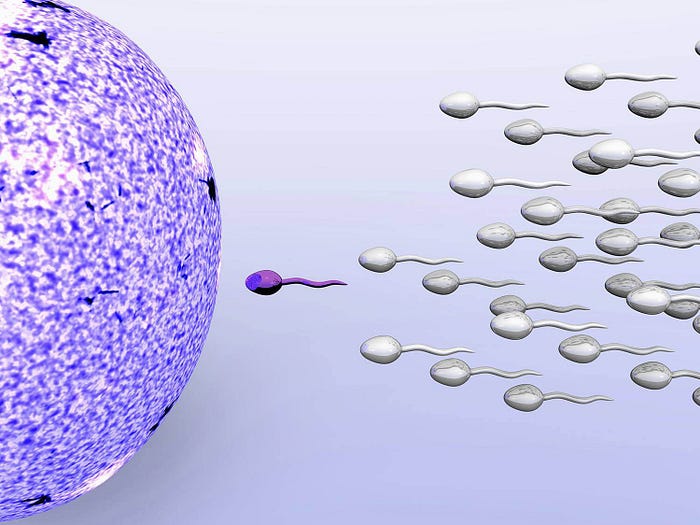Understanding Infertility: Causes, Diagnosis, and Treatment Options
Author : Dr Chitra Champawat | Published On : 09 May 2024
Introduction:
Infertility can be a challenging journey for individuals or couples aspiring to conceive. Defined as the inability to conceive after one year of regular, unprotected intercourse (six months for women over 35), infertility affects millions of people worldwide. However, with advancements in medical science and a better understanding of reproductive health, there are numerous options available to help individuals achieve their dream of parenthood. Let’s explore the causes, diagnosis, and treatment options for infertility.
1. Causes of Infertility :
- Infertility can result from various factors affecting either one or both partners. These factors include:
- Ovulation disorders: Irregular or absent ovulation can hinder conception.
- Fallopian tube damage: Blocked or damaged fallopian tubes can prevent the sperm from reaching the egg.
- Endometriosis: This condition occurs when tissue similar to the lining of the uterus grows outside the uterus, impacting fertility.
- Uterine or cervical abnormalities: Structural issues in the uterus or cervix can interfere with implantation or sperm transport.
- Male factors: Problems with sperm production, motility, or morphology can contribute to infertility.
- Age: Both male and female fertility decline with age, with women experiencing a significant decrease in fertility after the age of 35.

2. Diagnosis of Infertility :
- The diagnosis of infertility typically involves a comprehensive evaluation of both partners’ medical history, physical examinations, and diagnostic tests.
- For women, tests may include hormone level assessments, ovarian reserve testing, imaging studies (ultrasound, hysterosalpingography), and laparoscopy to assess pelvic structures.
- Male infertility diagnosis involves semen analysis to evaluate sperm count, motility, and morphology, as well as hormone testing and imaging studies if necessary.
- Additional tests, such as genetic screening or specialized procedures like hysteroscopy or testicular biopsy, may be recommended based on individual circumstances.
3. Treatment Options for Infertility :
- Treatment for infertility depends on the underlying cause and may include:
- Ovulation induction: Medications such as clomiphene citrate or gonadotropins can stimulate ovulation in women with ovulation disorders.
- Intrauterine insemination (IUI): This procedure involves placing washed sperm directly into the uterus around the time of ovulation to increase the chances of conception.
- Assisted reproductive technologies (ART): ART procedures such as in vitro fertilization (IVF), intracytoplasmic sperm injection (ICSI), and egg or sperm donation may be recommended for couples with more complex infertility issues.
- Surgery: Surgical interventions may be necessary to correct anatomical abnormalities or remove blockages in the reproductive tract.
4. Emotional and Psychological Support :
- Coping with infertility can take an emotional toll on individuals and couples. It’s essential to seek support from healthcare professionals, counselors, or support groups specializing in infertility.
- Open communication, mutual support, and understanding between partners are crucial during this challenging time.
